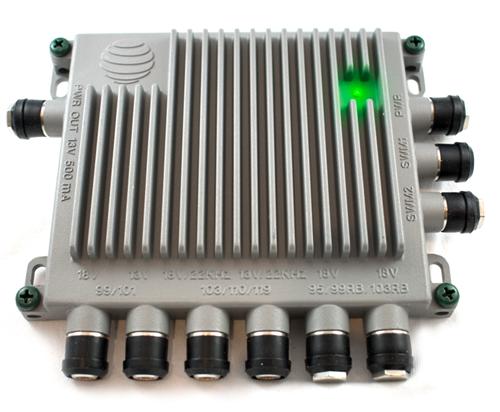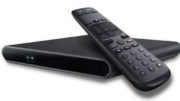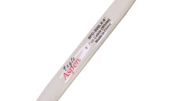Friends, right up front I’m going to apologize for the clickbaity headline. But, I needed to get the attention of a certain kind of person. This article will hopefully explain why.
The problem
The problem is that with DIRECTV’s most common system, you are limited to cable runs of about 150 feet. There’s a little more to it than that, but the point is that if you need a run from one end of your mansion to the other, it’s going to be hard to do and there will be some limitations. The biggest is that you can’t share programming or use Genie clients at those long distances.
The culprit here is the SWM technology that’s used in modern DIRECTV systems. Like other modern systems, it’s two-way. Most of the signals come from the Genie server, but the clients send back information like button presses and status reports. It’s possible to amplify the signal from the server, but there is no commercial amplifier that will amplify what’s called “the return path.”
That’s far from the only issue. As cable lengths increase, so does latency. Although many readers have pointed out that latency, the time it takes for the signal to travel through the cable, shouldn’t be a problem, it is. I can’t explain it either but it’s clearly a part of the system. As cable runs increase, there is a noticeable slowdown in performance and the official line is that latency is the culprit.
Can you make your own bidirectional amplifier?
There are amplifiers out there that work bidirectionally. They are used in cable TV headends, for example. And really the frequencies you need to amplify are really low — about 2.3MHz — so it shouldn’t be too hard to create something that would work.
Except, you can’t. Or at least I can’t, and I’ve tried.
It should be noted that the DIRECTV multiswitch expects a fairly weak signal and overamplifying it seems to fry the multiswitch. Folks, this is the voice of experience here. It’s not worth blowing up a $200 multiswitch trying this stuff.
Adding that amplification also doesn’t deal with the latency issue, and in fact seems to make it worse. In my experiments, I used a 10dB CATV amplifier and I was able to get to the point where the whole thing worked with a 500′ cable run. Well, sort of. It worked but it was a terrible experience. It took 10 seconds for a button press to register, which made fast-forwarding impossible. And that’s a key feature of the Genie system.
So in the end…
In the end this is not a solution for long cable runs in DIRECTV systems. There still isn’t a really great solution there. You can add a second dish and use an HR54 Genie DVR so that you can supplement with H24 receivers. Or you can start a second account, so that you have two different systems. You can use a phone or tablet running the DIRECTV app and cast to a TV that’s far away. In most cases you can even get content from your DVR that way. But it’s not a terribly good experience compared to the way most of us watch TV. There are options, as you see, but adding an amplifier isn’t one of them.
If you’re looking for the best DIRECTV products, shop the great selection at Solid Signal!





